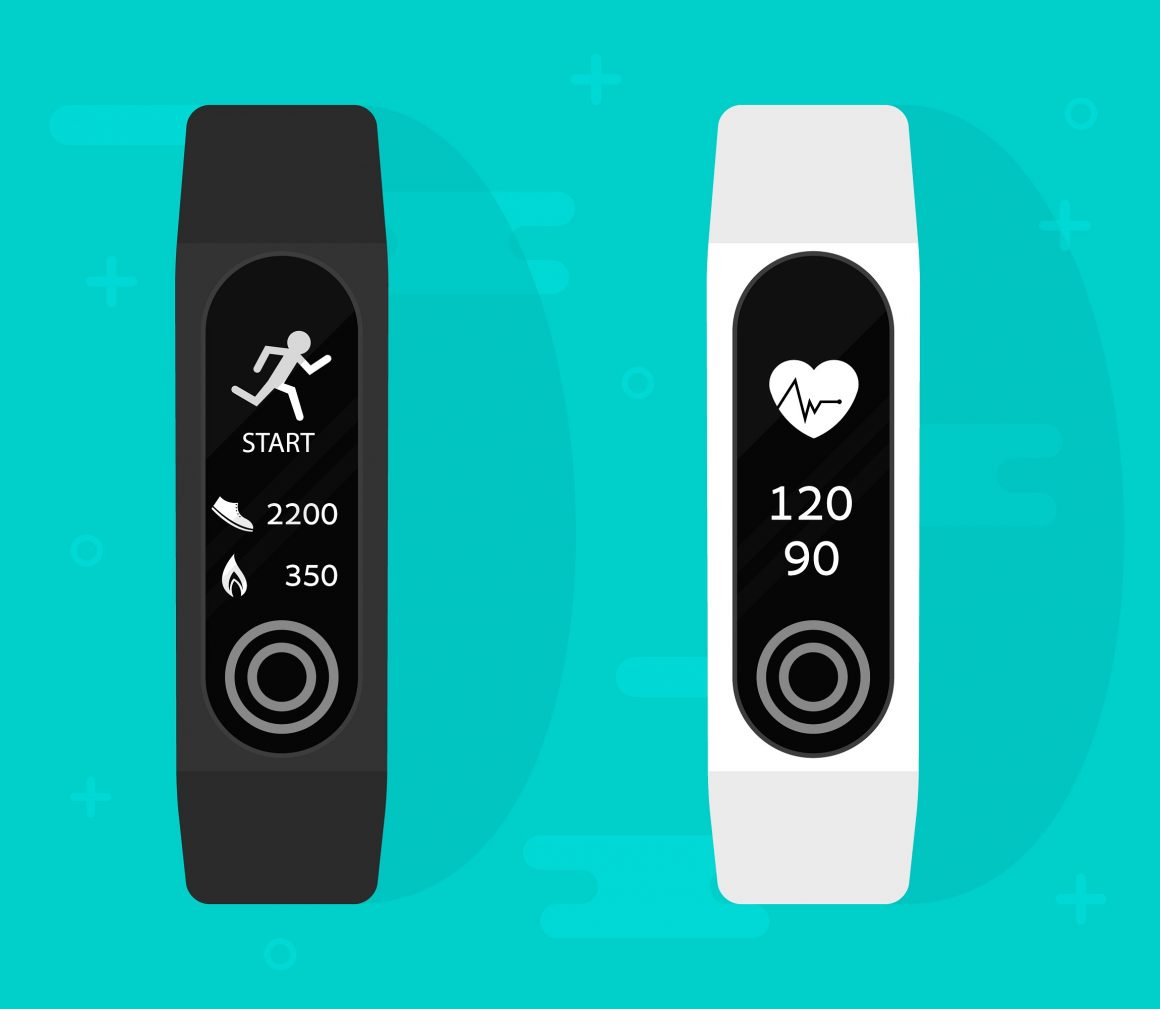In an era where step counters are commonplace in cellphones and other handheld devices, tracking the distance you walk and number of steps you take provides a valid metric for your fitness and exercise efforts.
But like any other kind of metric, there is no context for measuring it unless you have a valid baseline. With this in mind, people often ask the question: how many steps should I be taking in a day?

There has been a great deal of hype around the idea that the average person should try to squeeze in 10,000 steps each day. This notion stems not from science, but marketing. In the 1960s a popular marketing campaign in Japan for pedometers first peddled the idea and it has spread ever since. Now American fitness gadgets that can do everything from count calories to counting steps is doing the same.
It’s the default setting on many fitness trackers, but as you might expect, many are wondering if there is any validity to the number 10,000, or if companies and media outlets have chosen to push that idea simply because 10,000 is a nice round number.

What Number is Accurate?
A study published in the journal JAMA Internal Medicine examined this question through the lens of older females in particular. Researchers worked with 17,000 participants with an average age of 72-years old, to use fitness trackers in monitoring the women during day-to-day routines.
They concluded that for these older women, it only took about 4,000 steps each day to boost longevity and improve health. Those who averaged 4,400 steps per day were 40% less likely to pass away in the months and years following the study than those who took just 2,700.
Interestingly enough, they also concluded that the benefits peaked at 7,500 steps each day, with women who went over that amount gaining little to no benefit.
For younger people, the 10,000 steps per day is actually too little. In order for younger people to lose weight or at least prevent weight gain, step counts should be as high as 15,000. But in older adults, this simply isn’t the case and in fact that may not be realistic.
A study published in the International Journal of Behavioral Nutrition and Physical Activity notes that step counts typically range between 2,000-9,000 steps per day for the average healthy older adult. That study attempted to establish whether a more intense workout benefited older adults and to what extent, but defining what a more intense workout is was not exactly clear.
In the end, the researchers did determine that increasing walking speed to 100 steps per minute for just 30-minutes each day on top of your normal daily activities could have significant health benefits, as it would add up to an additional 3,000 steps each day.
Why You Should Walk More?
Regular physical activity is important at any time in your life, but especially as you age. Walking is a relatively low strain activity and something healthy older adults can do regularly without special equipment or structured environments.

Health benefits of walking regularly include:
- Lower risk of heart disease
- Lower systolic blood pressure
- Reductions in blood glucose levels
- Maintaining flexibility
- Improved bone density
- Lower cholesterol
If you’re an older adult looking to improve your health through moderately strenuous walking exercises, it’s recommended that you start slow and keep realistic goals that you can build towards. You could perhaps start by simply taking a few 10-minute walks each day until you work your way up to joining a walking group or finding new parks and trails near your house to explore.
